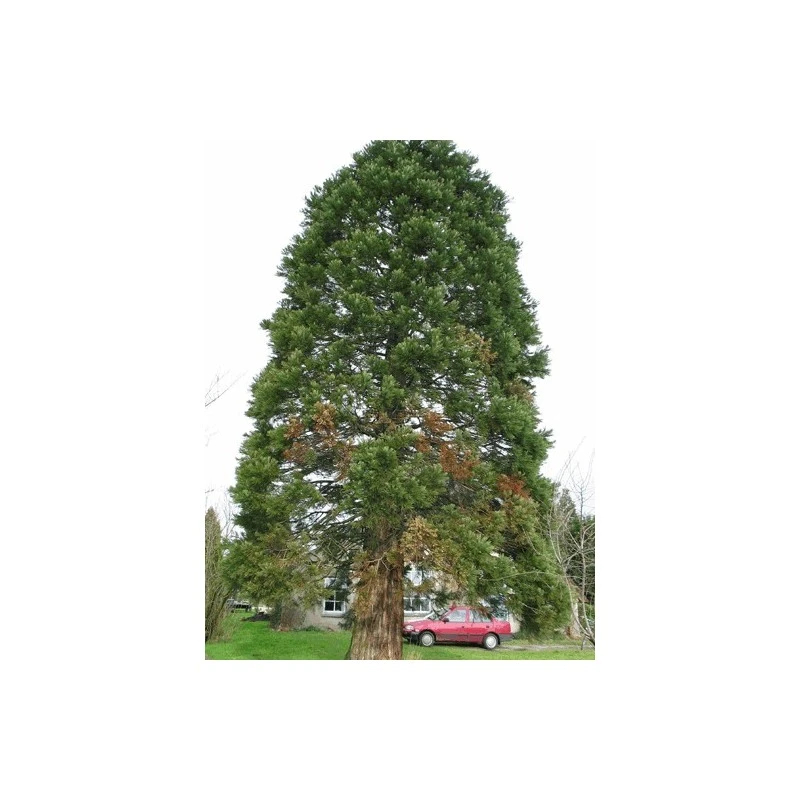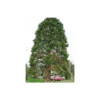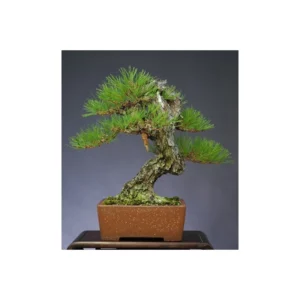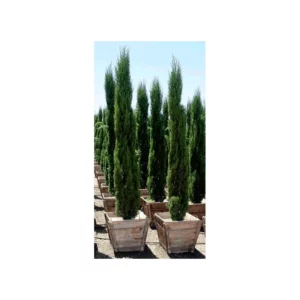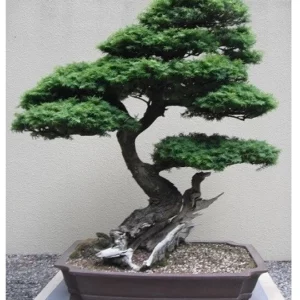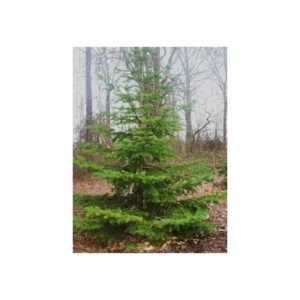Characteristics:
Common name: Giant sequoia
Family: Taxodiacea
Origin: California, Sierra Nevada
Mature height: 25 to 80 meters
Hardiness: -25 ° C
Exposure: sunny, partial shade
Plant type: tree
Vegetation: perennial
Foliage: persistent
Flowering: –
Flower color: –
Type of soil: all soils
Watering: normal to dry
Use: isolated, clump, container, bonsai
Diseases and pests: Root rot
Toxicity: –
Seed conservation: 3 years in a dry place protected from light at 3/4 ° C (refrigerator)
Description:
The giant sequoia is neither the tallest nor the widest tree in the world. It is quite simply the largest on the planet. It usually reaches a height of 50 to 85 m for a diameter of 6 to 8 m. The most imposing specimen is the “General Sherman”, in Sequoia National Park (United States of America), 83 m high with a circumference of 30 m, a volume of 1,400 m3 and an estimated mass of 1 200 tons.
The giant sequoia is also characterized by its longevity since it can reach more than 3,000 years. Its initial growth is vigorous and vertical with a characteristic conical shape. Beyond 100 years, it tends to develop rather in diameter and its top becomes rounded. If it does not grow in an isolated situation, it quickly loses its low branches due to the shade caused by neighboring trees, which explains the absence of branches over a height of 20 to 50 m.
The leaves are pointed needles, awl-shaped, persistent and arranged in a spiral around the stem, grayish green in color and 3 to 15 mm long. They give off an anise odor when crumpled.
The wood, rich in tannins, is quite bright red in color. Its mechanical strength is low but its resistance to degradation by fungi and insects is exceptional. So much so that fallen logs are often destroyed in fires and not by pathogens.
Its bark, very thick and fibrous, is devoid of resin and rich in tannins, it protects the tree from fire. It can reach 90 cm at the base of the trunk of larger trees. The bark of the giant sequoia can have different patterns ranging from smooth to reticulated form, including rectilinear or spiral patterns. This trait appears to be of genetic origin.
The root system of the tree can extend over a distance of 30 to 40 m depending on the soil’s ability to hold water. However, the roots rarely go deeper than 90 cm, which may seem paradoxical for such a large tree. It is this shallow depth combined with erosion that is the main cause of the fall of these giants.
Monoecious tree. The male flowers, located at the end of the twigs, are tiny and yellowish (March-April). The female flowers, ovoid, are erected at the top of a small, scaly and shiny stem. They give fruits which ripen in two years and appear in the form of ovoid cones of 4 to 7 cm, made up of scales (30 to 50 arranged in a spiral) having the shape of flattened diamonds.
The seeds can fall to the ground when the scales dry out in hot summers but most are released during fires and / or attacks by insects or animals. The giant sequoia reproduces by seed and usually begins to produce cones around the age of 12.
This tree appreciates humid climates with hot summers and snow in winter. It is resistant to temperatures that can drop down to -25 ° C.
